“I feel unmoored when I’m not writing. Incomplete. Not quite myself.” Those are the words of Elise Valmorbida, author of The Happy Writing Book: Discovering the Positive Power of Creative Writing (Laurence King, 2021).
I definitely relate to what Valmorbida says above, included in her book that is the result of “decades of deliberation and discovery about the art, craft and positive experience of creative writing.”
Valmorbida, who grew up Italian in Australia and lives in London, has been a designer and creative director as well as the author of several books. She continues to teach Creative Writing through various organizations, at literary festivals and community-building organizations.
The Happy Writing Book (not designed by Valmorbida) has a very cheerful design with its orange cover and the large orange numbers that introduce each chapter.
In “Write What You Know?” Valmorbida says “your own experience will inform your work” but points out that authors do research. In the case of Annie Proulx, she “writes what she knows, but she didn’t know it before she started delving.” That delving sounds fun as Proulx “takes herself to new places, haunts little stores and buys heaps of second-hand books about farming, local history, auction records, hunting tackle, whatever. She transcribes wording from street signs and menus and advertising. She hangs about and absorbs conversations, noting the speech patterns, the vernacular, topics of concern.”
“Write to discover what you want to know, Valmorbida says. I like that approach and find it much more fascinating to learn as you go rather than to describe something you already know. Of course, you can write what you remember and approach it in an inventive way. There are many fine examples of doing that including a couple of memoirs I’ve read recently: Safekeeping by Abigail Thomas (considered a “fractured” memoir due to its short chapters written as vignettes from a life) and a more recent book, Persephone’s Children by Rowan McCandless (considered a “mosaic” memoir with the various forms of personal essays used by the author).
In a chapter about procrastination, Valmorbida suggests joining a class or making a circle. Circles can take different forms such as one to share work and get some feedback on your work from fellow writers. (Thank you Easy Writers with whom I worked for years.) You can form a circle where you get together to write and share your work, focusing on what most resonates with each listener. If you need some confidence building and aren’t out for impressing publishers, this is the way to go. (This is the approach taken in the Writing Life women’s writing circles I lead.)
In her chapter entitled, “Keep A Diary,” Valmorbida says “Don’t attempt to write out your entire day, every day.” I do, especially lately, as it’s a grounding exercise for me. I like her suggestion though of choosing a theme – “just one strand of experience – say, the music you’ve been listening to, where and how you heard it, what effects it has on you. Or you could focus on the places you’ve been to, physically and imaginatively, and see what thoughts take shape in your writing.”
That approach sounds like you could end up with some prose poems or short pieces of life writing that describe a year in your life. Recently I picked up a copy of The Book of Delights by Ross Gay in which in wrote about delights or “small joys we often overlook” each day for a year beginning with his 42nd birthday.
Valmormida says: “If you do only one thing in the diary department, I urge you to try your hand at this: gratitude. Make a regular record of the day’s blessings: a pleasure experience, a kind gesture, an accomplishment, a loved one, a smile, a gift, a moment of beauty.”
It’s a grand way to sleep at night “with a smile in your mind, and your dormant body will be suffused with benevolence.”
Studies show that, over time, this positive writing ritual can lower stress and anxiety levels, while boosting self-confidence, clarity of thought and resilience. In other words, you could be writing yourself happy.”
While publication can be a thrill, Valmorda says, “If you want to be published, you’ll be happier if your desire to write is greater than your desire to be published.”
I agree with that. “The point is to write,” Valmorida says. “The joy is in the doing. Discovering yourself, word by word. Unearthing ideas, word by word. Try creating without regard to result. Enjoy the process, how the practice of writing subtly makes its way into how you’re living. Your writing, like your life, is a work in progress.”
And you can always re-envision a situation as you write. In her chapter entitled “Invent an Alternative Present,” Valmorbida says: “You can rewrite the present with the hope of making things better. And – who knows ? – such action may even succeed in making things better.“
I believe that what we write can draw situations to us. Writing can be powerful. People have said they wrote in their journals about situations they’d like to improve and without realizing until some time later, they drew to themselves the home, the relationship, the job they were desiring. There’s also prescience in writing so that we write about a situation long before it comes to pass. I even did that in a collage (done in about 2015) with an image of a house that looks very much like the one we live in now.
Valmorbida says in her chapter, “Write the Future,” that John Updike “commented on the frequently prophetic quality of his fiction, to the point where people would appear in his life who’d started out as fictional characters. Reality eventually acts out our imaginings: when we write, we do so out of latency, not just memory.”
A good suggestion in the book is to write out the negative and positive. The “negative” could be the emotions related to traumatic events. Valmorbida notes the work of James Pennebaker who investigated the effects of “expressive writing” and found that it led to an improvement in various physical symptoms and immune function. So writing about your “deepest thoughts and feelings can lead to better health – and notably fewer visits to the doctor.”
As Valmorbida says, writing about negative experiences or “vexing” people “doesn’t take the vexations away, but it does take away some of the sting.”
Virginia Woolf, in her autobiographical essay, “A Sketch of the Past,” referring to a “shock,” wrote: “It is only by putting it into words that I make it whole; this wholeness means that it has lost its power to hurt me; it gives me, perhaps because by doing so I take away the pain, a great delight to put the severed parts together. Perhaps this is the strongest pleasure known to me. It is the rapture I get when in writing I seem to be discovering what belongs to what; making a scene come right; making a character come together.”
Woolf has connected the pleasures of writing therapeutically and writing artistically. Valborbida says of her own fiction writing that while writing her last novel, “I felt a general sense of satisfaction, commitment and purpose, a quiet inner anchoring – even during difficult times.”
I appreciate the term “inner anchoring” which I find applies to writing in a journal every day and in writing a poem about what one observes in the moment.
Elise Valmorbida says “Be interested in everything, Read everything. Learn something from everything.”
Number 100 in her book is “Write Now.” “ Now is the beginning of the future. The quality of your now affects the quality of all your future nows. Now is the most important time of all.”

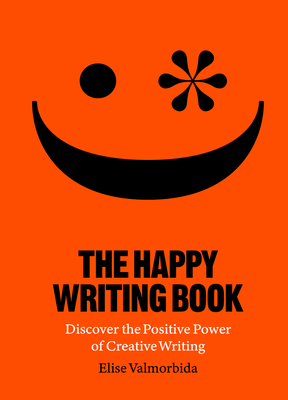
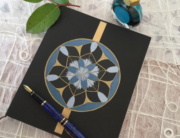
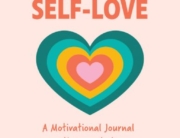
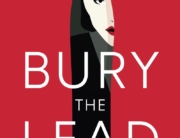
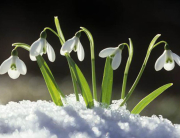
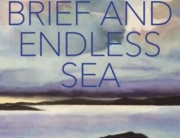
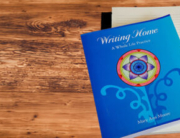
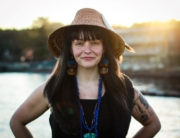
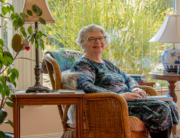
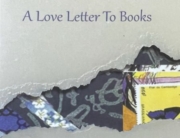

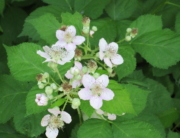
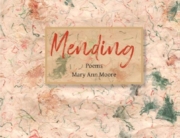
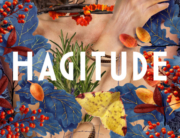
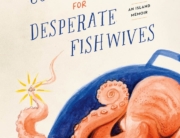

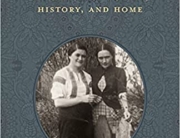
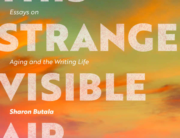
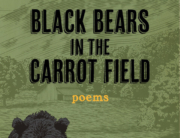
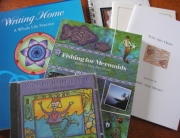
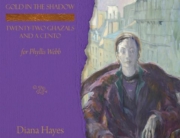
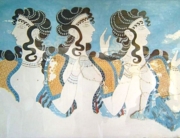

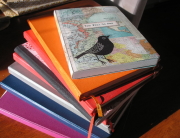
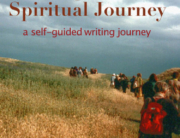
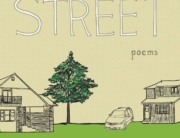
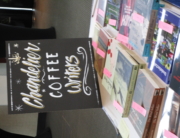
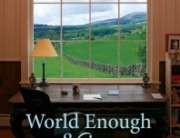
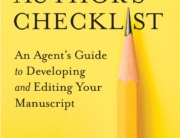
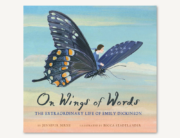
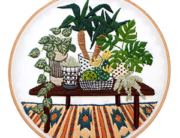
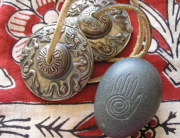
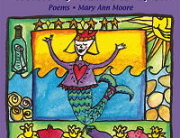
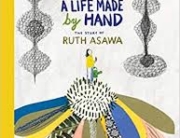
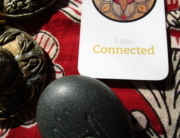
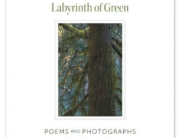
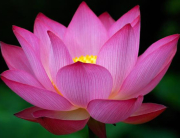
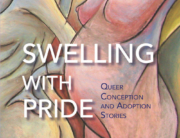
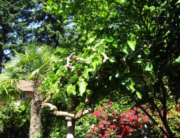
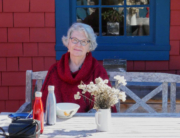
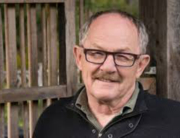
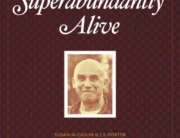
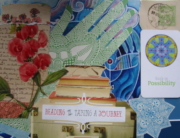
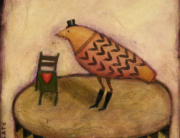
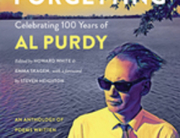
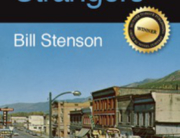
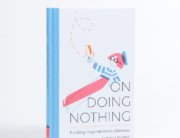
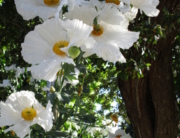

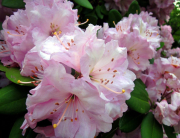
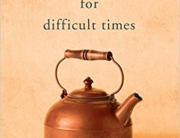
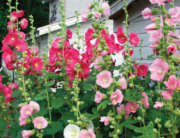
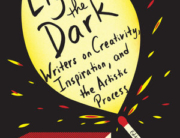
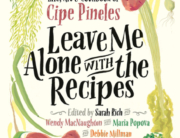
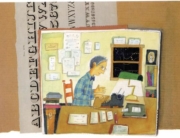
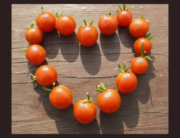
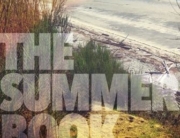
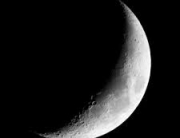

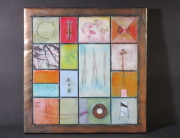
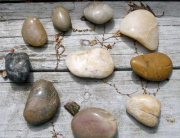
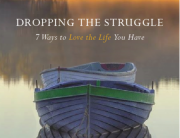
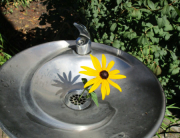
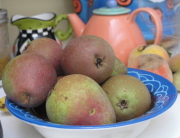
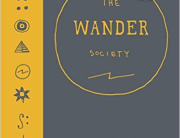


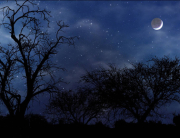
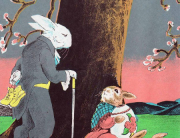
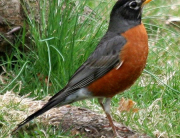
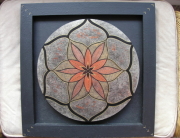

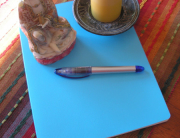

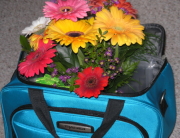
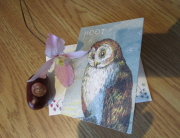
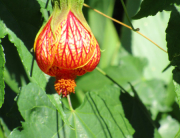
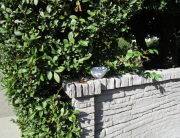
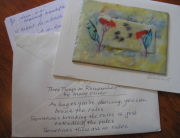
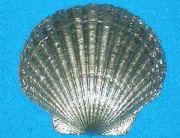
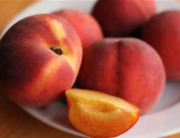
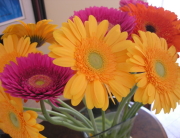
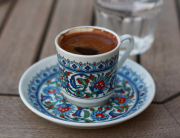
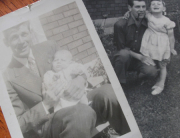
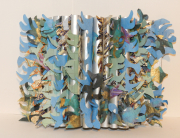
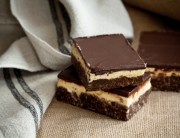

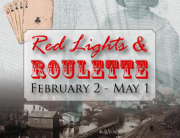
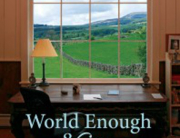
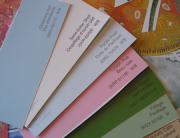
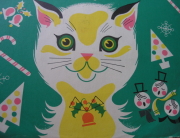
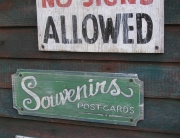
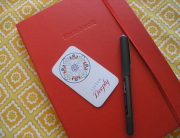
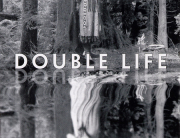

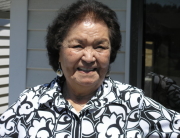
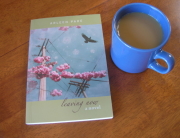

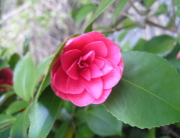

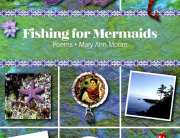
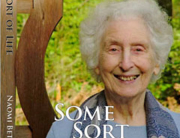
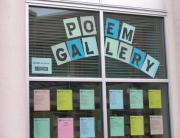
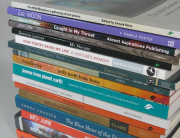

A wonderful and inspiring review … I think I might have to read this book! Thank you!! ~s
Loved the review and all the inspirations for ways of writing. I find I need yo imagine who is reading what I am writing. Perhaps I am writing to or for a part of myself first and then others. You have given me some food for thought. Thank you!
I quite like the idea of researching to learn something and then write about it. That is precisely what I did to learn all I could about gratitude. Books from the library, a couple of purchased ones, TedTalks and Youtube videos – all of these informed me. I digested the info and then created a workshop – two in fact (basic and part two) – and delivered these at local libraries! I so enjoyed doing this (before Covid of course).
Writing can take so many forms. Next I plan to embark on writing a memoir. I love that term “fractured memoir.” That’s doable for most people, I’d say, as opposed to a full narrative.
I agree with Sarah, I may just need to pick up this book by Elise Valmorbida. Thanks Mary Ann – your reviews are insightful, encouraging, and uplifiting, always! And I appreciate the work you do! – Stephanie